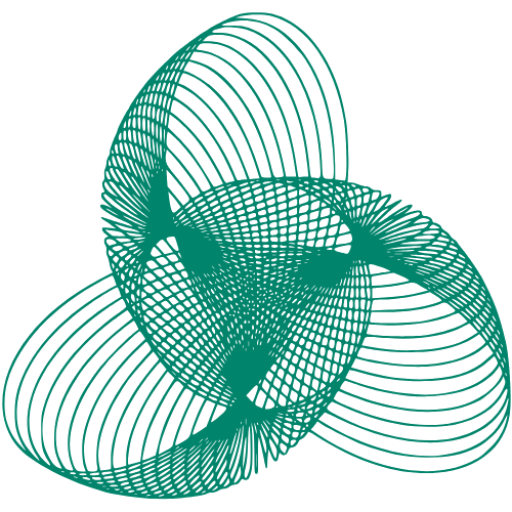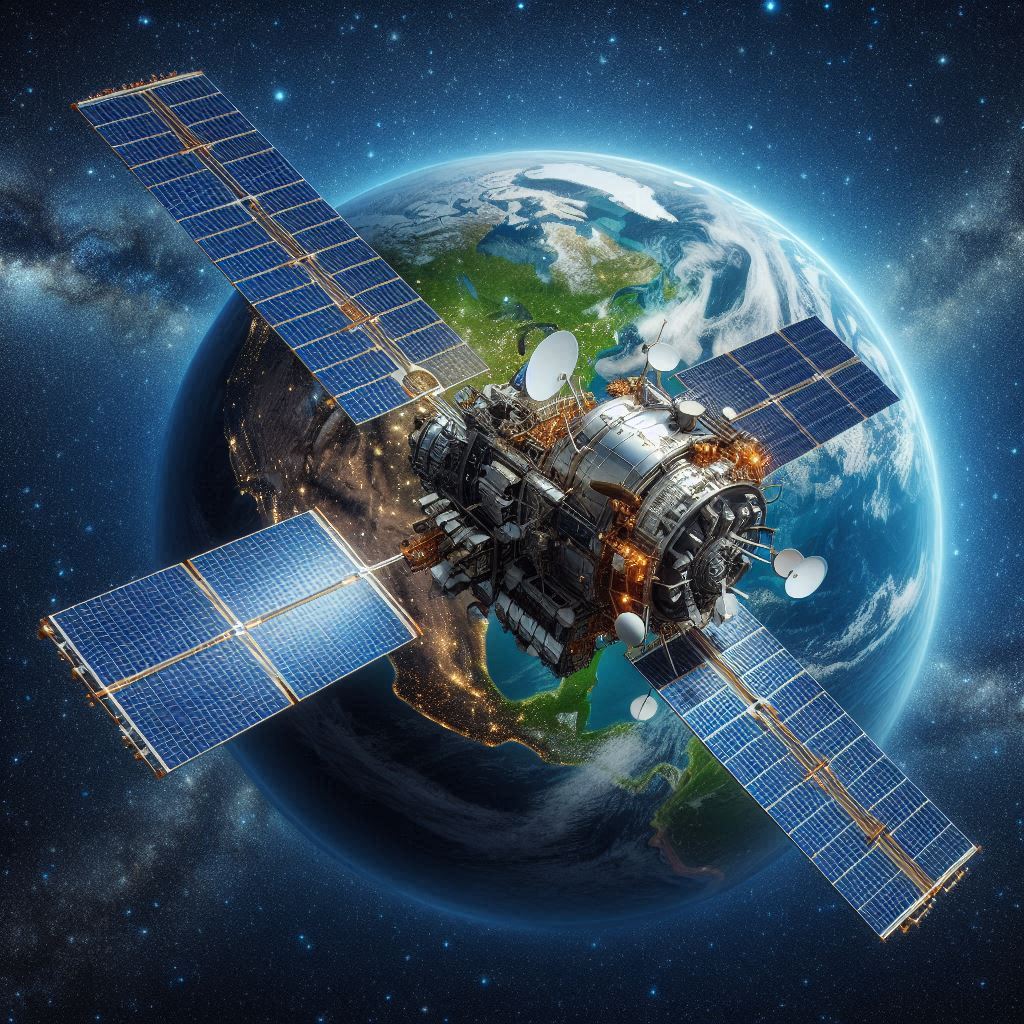NASA owns two of the most well-known space telescopes in the world, the Hubble Space Telescope and the James Webb Space Telescope. Both of these powerful tools help scientists explore space by studying stars, planets, galaxies, and even objects far beyond our solar system.
But what makes them different? And why do we need both?
The Basics: Hubble Space Telescope
Hubble has orbited Earth since 1990 by serving NASA as their space observation system. Throughout 30 years, Hubble maintained an extraterrestrial orbit operating at 547 kilometers (340 miles) above Earth.
Hubble sees the universe much like our eyes do – using mostly visible light. It can also detect some ultraviolet (UV) and a little infrared light.
Thanks to Hubble, we’ve seen:
- Beautiful images of distant galaxies
- Stunning star clusters
- The birth of new stars in stellar nurseries
Hubble has helped scientists learn more about:
- Black holes
- Dark matter
- The age of the universe
Think of Hubble as a super-powerful space camera that can take crystal-clear pictures from light years away.
Meet the James Webb Space Telescope
Webb is the new kid on the block. Webb began its operations in December 2021, followed by its first image transmission in 2022.
Webb conducts its observations from a position surrounding the Sun, unlike Hubble, which operates in Earth’s orbit. Webb establishes a fixed position at Lagrange Point 2, where Earth maintains a distance of about 1.5 million kilometers, almost equaling 1 million miles.
Webb is much bigger than Hubble. Its mirror spans 6.5 meters – more than 2.5 times the size of Hubble’s 2.4-meter mirror.
The biggest difference? Webb sees the universe in infrared light – a type of light invisible to our eyes. This makes it perfect for studying:
- The early universe
- Planets outside our solar system (exoplanets)
- Star-forming regions hidden by cosmic dust
James Webb vs Hubble: How They See the Universe
The most important difference between these telescopes is the kind of light they detect:
- Hubble: Sees mostly visible light (with some ultraviolet and near-infrared)
- Webb: Designed primarily for infrared light
Why Does This Matter?
Infrared light has a special trick. In contrast to visible light, it can pass through thick space dust clouds. Because of this, even while Hubble produces beautiful, crisp photos, Webb can see into areas that Hubble is unable to.
As the universe expands, the light from extremely distant galaxies gets stretched—so much so that it shifts into the infrared part of the spectrum.
Webb holds the capability to observe light that Hubble cannot detect because of stretching in space-time. Webb achieves deeper time observation than Hubble by extending its view to the era just beyond the Big Bang when galaxies initially developed.
Where They Are in Space
Another major difference is their location:
- Hubble: Orbits Earth every 90 minutes
- Webb: Orbits the Sun, far from Earth
Webb’s distant position helps it stay very cold, which is crucial for detecting infrared light. The proper operation of this telescope requires it to remain at a cold temperature because infrared functions as heat radiation.
Webb possesses a massive sunshield the size of a tennis court, which defends against heat radiation from the Sun and both Earth and Moon.
The proximity of Hubble compared to Earth makes it face more heat and receive greater exposure to planet’s light. Webb lacks infrared wavelength detection capabilities because of its higher temperature status.
Size and Power Comparison
Let’s compare their sizes:
- Hubble’s mirror: 2.4 meters wide
- Webb’s mirror: 6.5 meters wide
The bigger the mirror, the more light a telescope can collect. Better illumination produces images that become crystal clear alongside high details.
Webb obtains such precise and detailed images because it detects objects positioned at greater distances than those Hubble could see.
Webb gets better results from faint distant objects, thus assisting the observation of ancient distant galaxies located billions of light-years away.
What Each Telescope Does Best

Even though Webb is more powerful in many ways, Hubble is still extremely valuable. They’re teammates, not competitors.
Hubble’s Strengths
- Spectacular visible-light images that show the universe as our eyes would see it
- Three decades of discoveries and a huge archive of observations
- Excellent for studying nearby galaxies, stars, and planets
- Still working beautifully after 30+ years in space
James Webb’s Strengths
- Can see through dust clouds using infrared light
- Studies the early universe and the first galaxies
- Explores planets around other stars in unprecedented detail
- Uses newer technology and a bigger mirror for sharper images
Together, they give us a more complete picture of space than either could provide alone.
What Can We Learn from Webb?
Because of its infrared vision, the James Webb Space Telescope can:
- Look at galaxies that formed over 13 billion years ago
- Study how stars are born inside dusty regions where visible light can’t penetrate
- Examine exoplanet atmospheres to look for potential signs of life
- Track how galaxies grow and change over cosmic time
These are all things Hubble can’t do as well or can’t do at all. Webb helps us ask deeper questions—and sometimes gives us surprising answers.
A Quick Comparison of Their Missions
| Feature | Hubble Space Telescope | James Webb Space Telescope |
| Launched | 1990 | 2021 |
| Orbit | Around Earth | Around the Sun (L2 point) |
| Light Detected | Visible, UV, Near-IR | Mostly Infrared |
| Mirror Size | 2.4 meters | 6.5 meters |
| Main Goal | General astronomy | Early universe, exoplanets |
| Sunshield | No | Yes |
The Future of Space Exploration
Both James Webb and Hubble operate as astounding astronomy instruments with unique characteristics. Hubble has presented us with over three decades of spectacular findings while it continues to hold further potential.
And Webb starts its mission while transforming our perspective of space phenomena beyond what Hubble achieved.
The combined usage of both telescopes provides scientists with extra knowledge. Astronomers employ Hubble for obtaining visible light images while Webb examines the same cosmic object through its infrared capabilities.
Collaboration between these space telescopes improves our knowledge about stellar birth alongside planetary formations and universe’s origins.
James Webb vs Hubble: The Power of Two Eyes on the Universe
The James Webb vs Hubble comparison isn’t about which one is better. It’s about how their differences complement each other and expand our knowledge.
Hubble is the trusted explorer we’ve relied on for decades. Webb is the new pathfinder, reaching further into space than ever before.
As Webb continues to send back more data and discoveries, we’ll keep unlocking the secrets of the universe. And thanks to Hubble’s long history, we can compare what we’re seeing now to what we’ve observed before.
Space exploration truly is a team effort. With both the James Webb Space Telescope and the Hubble Space Telescope, humanity’s cosmic exploration team just got a whole lot stronger.

